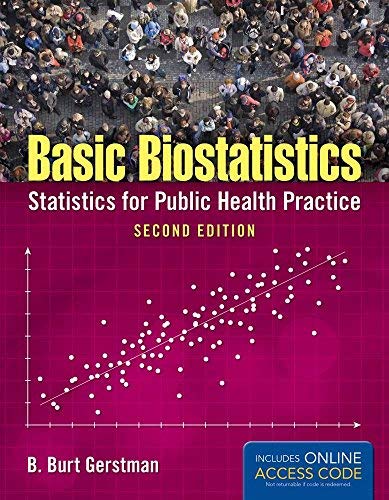Why should we not use a MantelHaenszel summary measure of effect when interaction is present? Exercises 19.5
Question:
Why should we not use a Mantel–Haenszel summary measure of effect when interaction is present?
Exercises 19.5 Sex bias in graduate school admissions? Table 19.3 contains data on the acceptance of applications to graduate programs at the University of California Berkeley for 1973. Assuming men and women who applied for admission were equally well-qualified, one would expect an equal proportion of acceptance by gender.
(a) Table 19.10A cross-tabulates acceptance by gender for both majors combined. What proportion of male applicants were accepted? What proportion of female applicants were accepted?
What is your initial impression?
(b) Table 19.10B cross-tabulates data for major 1. Did males fare better than females in this major?
(c) Table 19.10C cross tabulates data for major 2. What is the experience in this stratum?
(d) Was there sex bias in graduate school admissions? Did it favor male or female applicants?
(e) Explain why the crude analysis (part
a) produced a faulty conclusion.
(f) Calculate the relative incidence (“relative risk”) of acceptance by gender in major 1. Do the same for major 2. Test these relative risks for heterogeneity. Show all hypothesis-testing steps. Was an interaction present?
TABLE
Step by Step Answer:

Basic Biostatistics Statistics For Public Health Practice
ISBN: 9781284067583
2nd Edition
Authors: B.Burt Gerstman






